Welcome to Similio
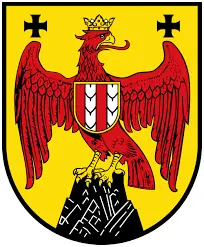
Burgenland
Burgenland is the easternmost province of the Republic of Austria and borders in the west on the provinces of Lower Austria and Styria. Burgenland also borders Slovakia and Hungary to the east. The provincial capital of Burgenland is Eisenstadt. The name Burgenland comes from the historical name of the Hungarian administrative units there during the Habsburg Monarchy, which all bore the name "castle". Geographically, Burgenland is characterised in particular by Lake Neusiedl in northern Burgenland. Politically, the SPÖ has provided the provincial governor of Burgenland since 1964.
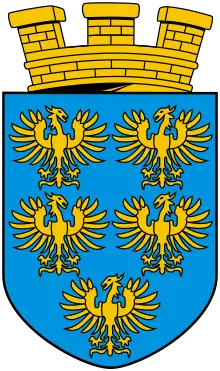
Lower Austria
Lower Austria is the largest province of the Republic of Austria in terms of area. Lower Austria borders Upper Austria in the west, Styria in the south and Burgenland in the southeast. The province of Vienna is also surrounded by Lower Austria. The neighbouring countries are the Czech Republic in the north and Slovakia in the east. The provincial capital of Lower Austria has been St. Pölten since 1986. The federal state is divided regionally into the Weinviertel in the northwest, the Waldviertel in the northeast, the Industrieviertel in the southeast and the Mostviertel in the southwest. In the field of spatial planning, which divides Lower Austria into five main regions, there is also Lower Austria-Mitte. The province consists of 573 municipalities and is rich in cultural centres such as the Melk Abbey.
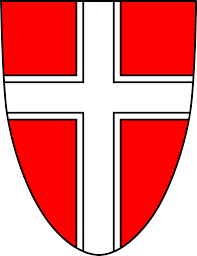
Vienna
Vienna is the capital of the Republic of Austria and at the same time a federal state completely enclosed by Lower Austria. Vienna is divided into 23 districts and is the largest city in Austria. Vienna is characterized culturally by the Schönbrunn Palace and the Wilhelminian style architecture on the Ringstrasse. Along the Ringstrasse there are landmarks such as the town hall, the Burgtheater, the parliament, the art and natural history museum, the Hofburg, the State Opera, which is the venue for the Opera Ball each year, and the Musikverein, the venue for the world-famous New Year's concert. Within the ring is the First District, the center of which is Vienna's St. Stephen's Cathedral. The belt also surrounds the inner city districts of Vienna. In addition to its cultural diversity, Vienna is also home to various international organizations such as the UN, the OSCE and OPEC.
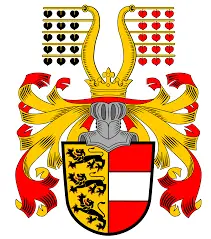
Carinthia
The southernmost province of the Republic of Austria is Carinthia. Carinthia borders East Tyrol in the west and Salzburg and Styria in the north. Carinthia's neighbours are Italy and Slovenia. The provincial capital is Klagenfurt and another important regional centre is Villach. Carinthia is very suitable both for summer tourism due to its lakes such as Lake Wörthersee and for alpine tourism due to its ski resorts.

Styria
Styria is the second largest province of the Republic of Austria in terms of area. The provincial capital is Graz. Styria borders Carinthia to the south, Tyrol and Salzburg to the west, Upper and Lower Austria to the north and Burgenland to the east. Slovenia is a neighbouring country of Styria. The name of the federal state has its origin in the town of Steyr in Upper Austria. Culinary Styria is especially known for the Styrian pumpkin seed oil.
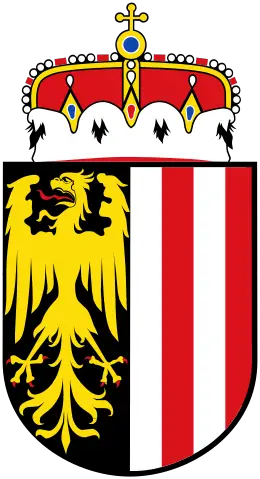
Upper Austria
Upper Austria is a federal state of the Republic of Austria located in the north and borders Salzburg in the west, Styria in the south and Lower Austria in the east. The province also shares a border with the German Free State of Bavaria and the Czech Republic. The provincial capital of Upper Austria is Linz and the province consists of 438 municipalities.
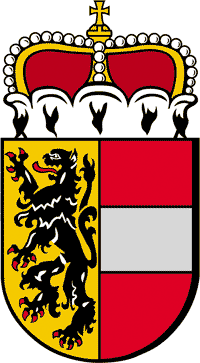
Salzburg
The province of Salzburg with its capital of the same name is due to its history a special case among the Austrian provinces. As an imperial principality it was independent of the House of Habsburg during the Holy Roman Empire and was also assigned to Bavaria. The salt trade was formative for the name. The federal state borders on Tyrol, Carinthia, Styria and Salzburg. In the north it borders on the German Free State of Bavaria. The federal state is divided into 6 political districts and 113 municipalities.

Tyrol
Tyrol is a western province of the Republic of Austria and is divided into North and East Tyrol. The province borders Vorarlberg in the west and Salzburg and Carinthia in the east. Tyrol's neighbours are the German Free State of Bavaria in the north and the autonomous Italian region of Trentino-South Tyrol in the south. Historically, Tyrol was divided between the Republic of Austria and the Republic of Italy by the Treaty of St. Germain in 1919. The capital of the province is Innsbruck. Geographically, Tyrol as an Alpine region is characterised by mountains and the central river of the province is the Inn.
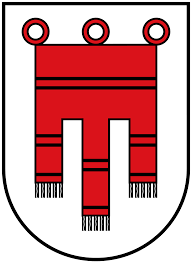
Vorarlberg
Vorarlberg is the westernmost province of the Republic of Austria and borders in the east on the province of Tyrol. The neighbouring countries also include the German Free State of Bavaria in the north, the Swiss canton of St. Gallen in the west and the canton of Graubünden in the south. Vorarlberg also shares a border with the Principality of Liechtenstein. In the north of Vorarlberg lies Lake Constance, which is, however, largely part of the Swiss Confederation and the Federal Republic of Germany.

Population









